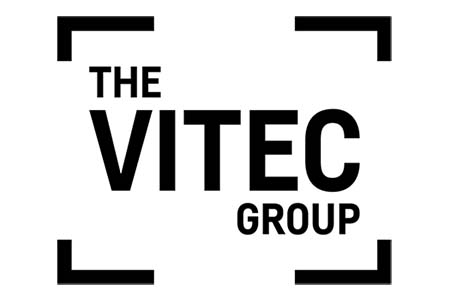From education and punitive steps to watermarking, MENA demonstrates many ways to tackle the scourge of content piracy.

From education and punitive steps to watermarking, MENA demonstrates many ways to tackle the scourge of content piracy, writes Chrys Poulain Director of Sales APAC, France, Middle East and Africa at NexGuard, a Kudelski company.
2017 has been a busy year for content protection and creativity in the MENA region. Over the course of twelve months, the region has become the next big frontier for all types of video services and is particularly suited to OTT.
With 75 million viewers, the market looks like a great opportunity for OTT service providers. Yet it hasnt been an easy one to crack for legal OTT services today, only 2.3 million consumers pay for an OTT subscription throughout the region.
Despite an attractive landscape of creative players such as beIN Sports Connect, icflix, MBC Shahid, OSN GO and STARZ Play, and international giants such as Amazon Prime Video and Netflix trying to get a slice of the pie, OTT service providers face very basic challenges on the ground: the lack of uniformity in broadband availability across the region, and viewers accustomed to free-to-air channels and pirated content. The mass adoption of video-enabled social media platforms such as Facebook, Instagram and Twitter is also blurring the lines between legal offerings and illicit redistribution methods.
In addition, the lack of regulatory frameworks has hindered adoption of subscription-based services. According to the IDC report, Piracy in the Middle East and Africa, illegal content distribution costs the industry in excess of $750 million in lost revenue every year.
For subscription-based services, the challenge is as much about proving the value of their content catalogues as it is about changing the perception that content is free. This approach will enable OTT service providers to start converting the remaining 72.7 million viewers in the region into paying subscribers, though Vidya S. Nath, Research Director at Frost & Sullivan, predicts that subscribers could potentially grow to 20 million by 2020 in a report published earlier this year.
Building a case with technology
One of the most creative uses of technology to help change mentalities is KidZania Dubai’s 60-second game Copycat Combat, the worlds first content protection virtual reality game, launched by OSN and Dubai Customs last summer. Aimed at children between the ages of five and 12, the game enables players to shield OSNs precious collection of movies, TV series, kids shows and sports events from content thieves trying to steal the assets.
The most robust content protection arsenal today consists of three different solutions: conditional access/ digital rights management, takedown notices and anti-piracy solutions, and forensic watermarking. These enable content owners, broadcasters and OTT service providers to limit access to content to authorised subscribers only, and help identify any source of illicit redistribution once the distribution has reached the viewer.
The UAE-based MENA Broadcast Satellite Anti-Piracy Coalition has been at the forefront of the anti-piracy war since its inception in 2014.
According to official statements, the coalition has already helped remove over 86,000 illegal videos from YouTube and Dailymotion, taken down nearly 2,300 advertisements for pirated boxes on online markets, and reported 829 free-to-air channel copyright infringements to satellite operators and distributors.
Earlier this year, a complaint launched by the Coalition in Abu Dhabi also led to the administrator of a pirate website being sentenced to six months in jail and fined $13,600 (AED 50,000) for illegally uploading torrents and facilitating the illegal restreaming of OSN content.
There is more change to be expected from Saudi Arabia with the lifting of the 35-year ban on cinemas. It should help reduce the levels of piracy in the kingdom, simply by adding another legal service to the current options available to viewers.
The recent initiatives in the region are very promising, and we look forward to working closely with MENA broadcasters, OTT service providers and organisations over the course of 2018.













































































